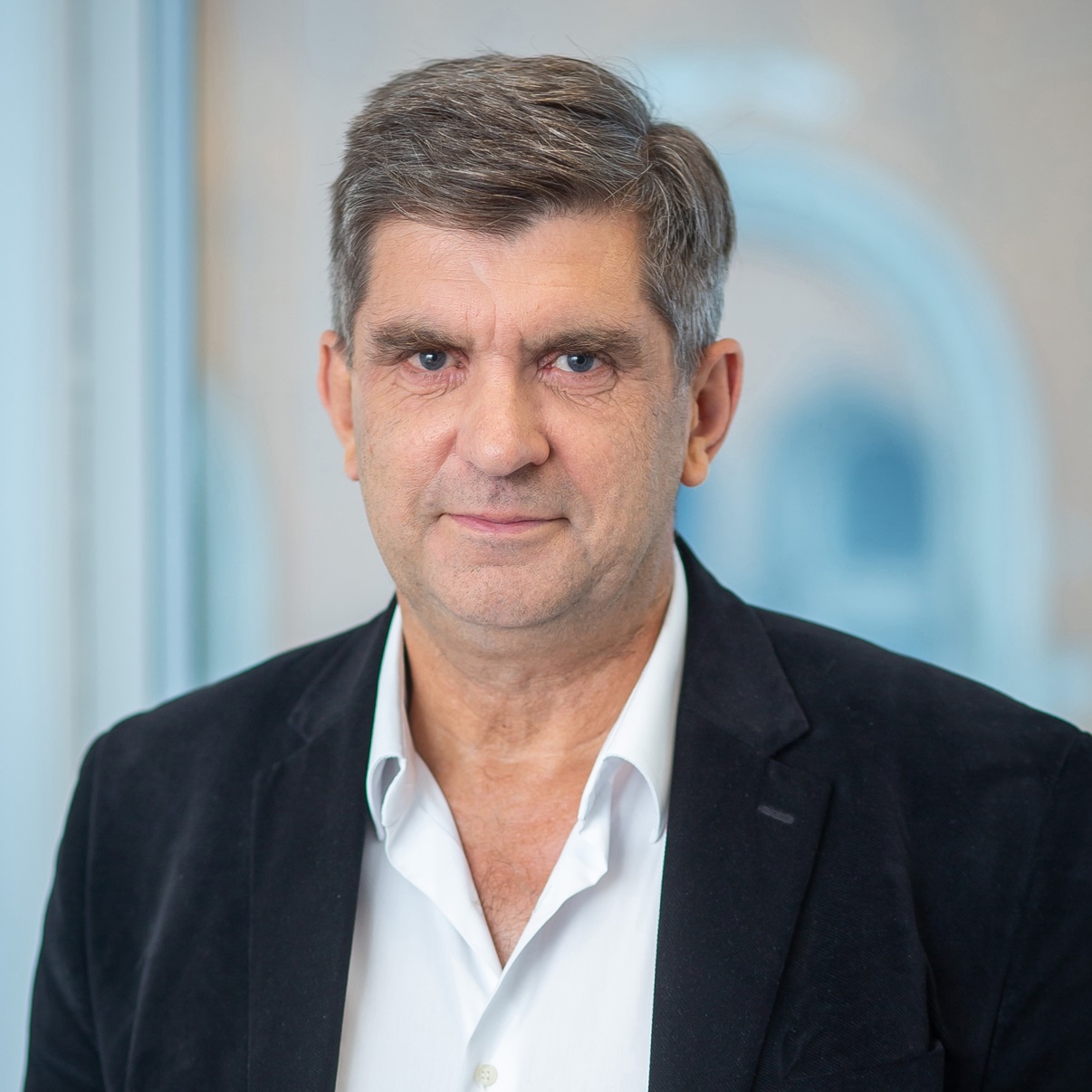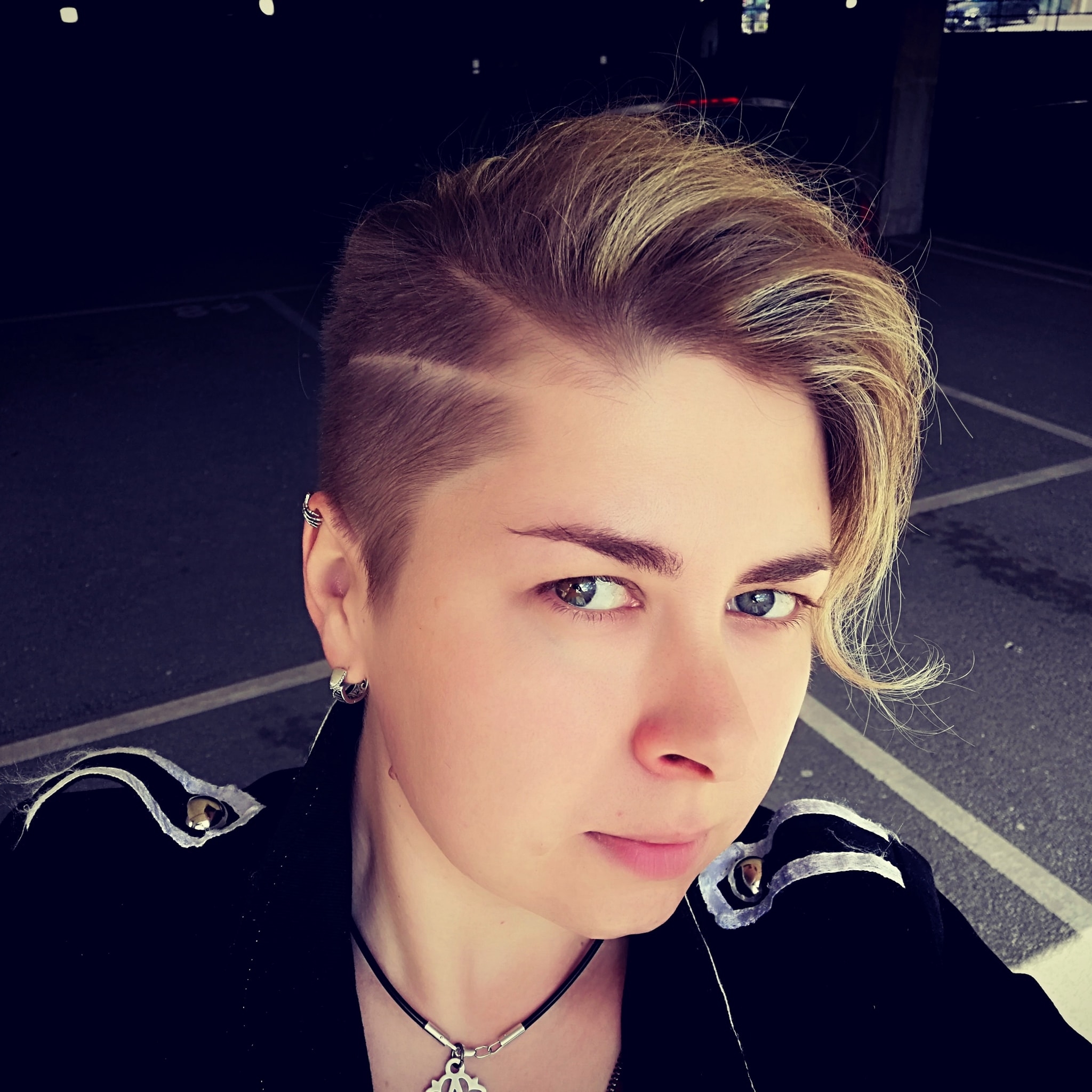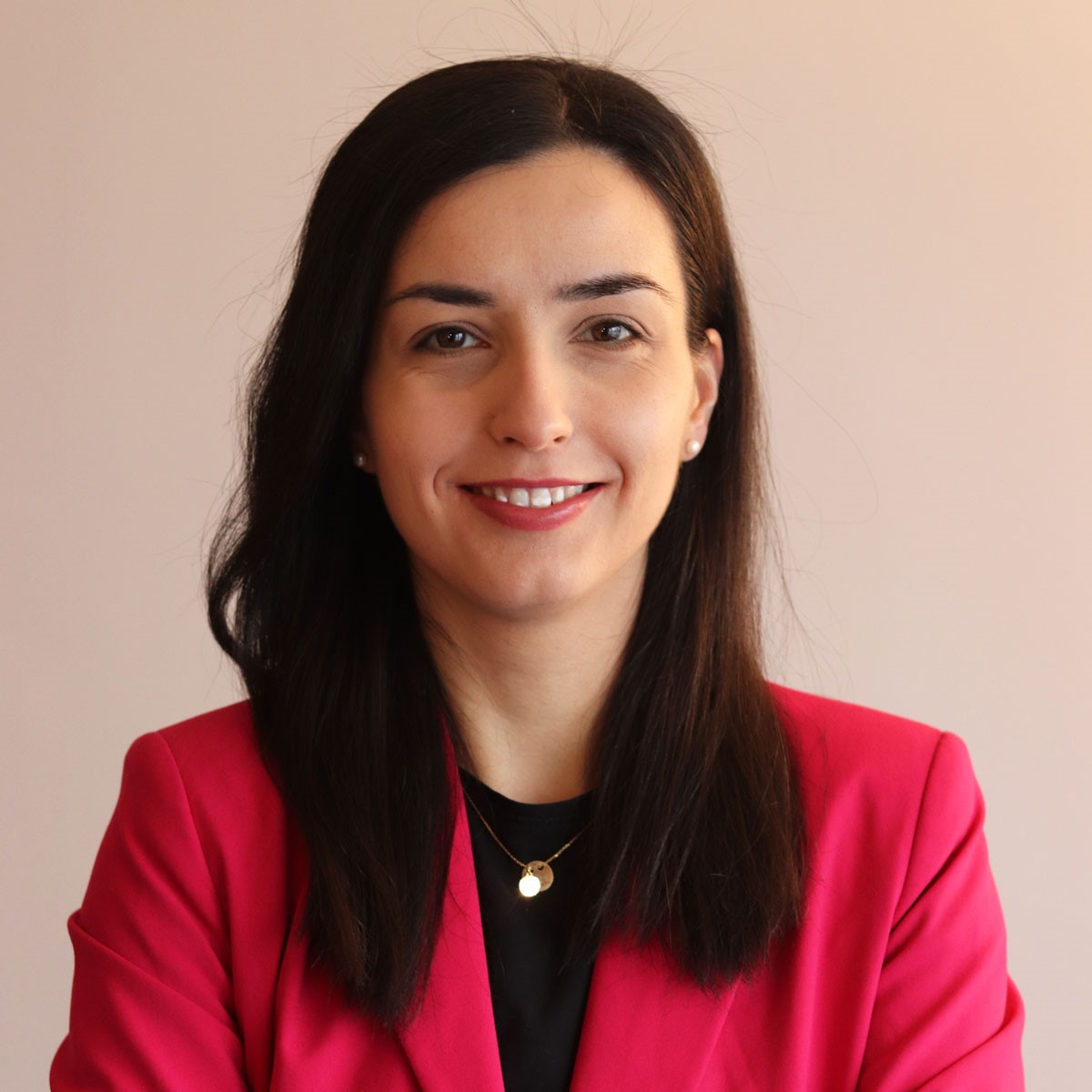Conference Program 2025
Welcome to memoQfest 2025
memoQ Progress Report
memoQ co-CEO, Peter Reynolds, will give a progress report on memoQ’s activities over the last year.

Keynote Session
Coffee Break
Is memoQ AGT or Globalese by memoQ the right choice for you?
Integration Showcase: Solutions integrated with memoQ (#1)
AI as a reviewer
At Alpha we have built a custom AI to act as a reviewer. It is trained to comply with ISO specifications for LQA (ISO 5060) and provide feedback on segments that are deemed less than perfect. It is integrated in the server based workflow, so when a translator delivers a file, it is sent to the AI for review, and then automatically reimported with the comments, and segments that are commented have changed status to Edited, so they are easy to filter. The translator can read the comments in the preview/comments pane and either disagree and reconfirm the segment as it is, or implement the suggested changes or make other changes. It is not designed to replace a human reviewer, but to provide feedback in workflows where there isn’t one, and can also be deployed to assess MT.


Integration Showcase: Solutions integrated with memoQ (#2)
Beyond segment-based MT: Achieving context-aware localization with memoQ
Machine translation engines and LLMs have reached a level where serious translation mistakes are rarely due to flaws in the technology itself but rather to how they are applied. In fact, many of the most critical errors today arise from a lack of contextual awareness, where translations fail to maintain consistency, coherence, and accuracy across segments.
Yet not a single MT plugin currently available in memoQ, including memoQ’s own AGT, enables context-aware translation—all still translate one segment at a time in complete isolation—an astonishing limitation that leads to inconsistencies, mistranslations, and avoidable errors.
To address this, we enhanced our customizable GPT-powered solution, PromptLoc, first introduced at last year’s memoQfest, adding functionality specifically designed to overcome segment-based constraints. The improved system allows multiple segments to be translated simultaneously while retaining segmentation, and, in addition to processing batches of segments at a time, it also allows users to customize memory length (i.e. how many previous source segments and their translations are retained), ensuring that context is maintained not only across segments but also across batches.
It also integrates seamlessly with memoQ’s Resources API, automatically enriching each translation batch with relevant TM and TB matches. Additionally, users retain complete flexibility to customize prompts to suit diverse project requirements.
We’ve successfully adopted this approach internally at Edimart for MTPE and raw MT tasks, greatly improving our localization workflow and translation quality. In this talk, I will share practical insights from our experience, explain the technical aspects behind this solution, and demonstrate how this new approach can benefit other memoQ users facing similar challenges.

Integration Showcase: Solutions integrated with memoQ (#3)
Open hour with memoQ training services
Open hour with memoQ business services
Group Photo | Lunch & Networking
memoQ master class: A deep-dive into memoQ AGT & globalese by memoQ
The topics of master classes will be published shortly.
memoQ master class: Regex your QA
The memoQ QA check contains a lot of useful checks, but there might be more things you want to do.
Using auto-translation rules and activating them for the QA check can already catch some of them, like making sure that there is a non-breaking space between a number and a measurement. But even that might not be enough, because there might not be any element in the source to compare the target to.
Here the QA check can look at the target language only, for example catching any half-width katakana characters in a translation into Japanese or making sure the currency symbol is in the right place or the date formats are consistent…

memoQ master class: Why is information security key
The topics of master classes will be published shortly.
memoQ master class for language engineers & power users (Part III)
The master classes on TMS/server optimization at the memoQfest 2023 & 2024 provided a good opportunity for advanced server users to meet and discuss various performance issues with memoQ’s developers.
The goal of this session would be to follow up on the issues discussed last year and provide a forum for server managers to share insights and discuss persistent challenges with the developers.
Coffee Break
Open hour with memoQ training services
Open hour with memoQ business services
AI-Terminator: Augmenting human terminology management with neural networks - a case study with Human-AI collaboration
In the era of neural machine translation, maintaining consistent terminology remains a crucial challenge. AI-TermInator demonstrates how artificial intelligence can enhance, rather than replace, human terminology work. This presentation showcases a novel term extraction tool that combines AI’s capabilities with human expertise through domain-specific extraction, smart filtering, and context-aware processing. Unlike traditional statistical extractors, AI-TermInator understands context and validates terms through multi-step verification, while respecting human-curated exclusion lists and existing terminology. We’ll demonstrate live examples of how translation teams can reduce terminology extraction time while maintaining high quality through this human-AI collaboration approach.
AI-Powered sug conversion: Enhancing translation workflows with memoQ and ChatGPT
In translation projects, handling URL slugs presents unique challenges due to specific formatting rules that differ from standard text translation. In this case study, we explore how we were able to exploit various memoQ functions and AI-driven automation to optimise our workflow for a website localization project involving six languages. After a first trial with traditional pre-translation and regex-based processing that proved inefficient, we decided to leverage ChatGPT to automate slug conversion. This approach drastically reduced manual effort while ensuring linguistic accuracy. The final review by human linguists confirmed the effectiveness of AI-driven processing. This presentation showcases how AI can enhance translation efficiency and reduce translation costs while maintaining human expertise at the core of quality control.
PM @ LSP = (IT + DTP + CAT + SALES + AI + #skills#) x {2,}
I don’t remember the last session that covered what a Project Manager working in a LSP means, or should mean/do… (admittedly, I didn’t participate in many sessions along the years, skipped many… shhh!).
So, my proposal will try and paint a picture of MY idea of what a Project Manager in a translation company should look like (and if it’s really feasible).
- Will try to match each part (or most of them) of the body to a feature, functionality, something from memoQ.
- Will add some AI into the mix since it’s still the go to acronym…
- By the end of the session, I will have created a monstrosity of skills, mashed up into one entity.
Backstage tour with the production team & panel discussion
Let the production team guide you through the most recent developments, and get a glimpse of what’s cooking at memoQ right now.
Gala Dinner
Integrations & custom solutions - what memoQ Business Services have been up to
memoQ Business Services team have been working on a range of integrations and customizations in the past year. This short session provides an overview of the available integration options, ongoing projects and other custom solutions – anything that can help to accelerate and simplify our customers’ work.
Five ideas for efficiency
Coffee Break
Open hours with memoQ training services
Inside XLIFF
The XLIFF format is the standard format to transport bilingual data between systems, like translation tools or content management systems. It is a standard format, but allows the creators to incorporate tool-specific information as well. Not all of this information can be used by the receiving tool, however. We will take a closer look at the XLIFF format, what memoQ-specific information an MQXLIFF contains and what to keep in mind when using different tools in the translation process.

Integration Showcase: Technologies integrated with memoQ (#4)
TAUS AIQE & memoQ: Can AI-Powered quality estimation transform MPTE workflows?
With the rise of AI-powered automation, Quality Estimation (QE) has become a critical tool for optimizing Machine Translation Post-Editing (MTPE) workflows. TAUS AIQE offers automated quality predictions without the need for reference translations, potentially reducing human effort and improving efficiency. But how well does it integrate with memoQ, and is it truly reliable for multilingual projects? In this session, we will share our latest test results using TAUS AIQE within memoQ’s newest version. We’ll explore its strengths, limitations, and real-world feasibility, focusing on its impact on post-editing productivity, translation quality, and workflow automation.
XML made easy
XML files may look scary, but they are following standardized rules and memoQ can handle them very well. Most of the various XML formats can be imported seamlessly with just several clicks, and more complex varieties require just some more tinkering with the filter setting. This presentation will cover the basics: how to handle different XML file types and their peculiarities, with some advanced tips on how to approach these extremely complex XML documents with embedded content.

Integration Showcase: Technologies integrated with memoQ (#5)
What's AI got to do with it? Enhancing client satisfaction through human value combined with workflow automation solutions
Now, more than ever before, it has become increasingly difficult to stay relevant and competitive in our line of work. Although the buzzwords of the day such as LLMs, AI-driven solutions and machine learning seem to be the main selling points when it comes to client attraction and retention, I believe that the human touch still plays a much more important role than we give it credit for. This presentation highlights the crucial role we humans, i.e. project managers or “superhumans” play in daily interactions with our clients – how our expertise, combined with the best aspects of what technological advancements have to offer, can help nurture these relationships and deliver added value. Through a case study I will demonstrate how Ciklopea introduced an automated handoff process for one of our key clients through the use of memoQ’s Sharepoint connector, what impacts it has had on our workflow and how it influenced our relationship with the client.

Essential regex skills for memoQ, syntax-free (mostly)
A friendly, effective approach to training and resolving translation process challenges with regular expressions in memoQ using organization skills and tools.
Integration Showcase: Technologies integrated with memoQ (#6)
A new workflow benefiting from memoQ and prompting to have better machine translations
Learn about the innovative combination of memoQ and AI prompting that helps improve machine translation (MT) quality and ease project management. This presentation introduces a new AI-assisted workflow designed to enhance terminology consistency, reduce manual work, and optimize translation quality. By leveraging memoQ’s project automation and AI-driven terminology and style adaptation, this workflow ensures faster, more accurate translations while maintaining a structured quality assurance (QA) process. Join us to see how memoQ, AI prompting, and human post-editing work together for efficient, high-quality translations!
Lunch & Networking
memoQ master: Regex 101
memoQ master class: Use cases for LiveDocs
memoQ master class: Using translation project templates to automate your translation workflow
Imagine a scenario where you are in the crossfire of clients and vendors: clients want to cut costs, vendors want to increase prices, and you are here to add value for both, while optimizing your workflow and making a profit as well. Sounds familiar, huh? Templates were developed to cut down the time and cost spent on translation project preparation. This session will feature the basics of translation project templates and explain how this resource can be used to automate and further optimize your translation workflow.
Target audience: project managers | Level of memoQ knowledge required: intermediate / advanced
